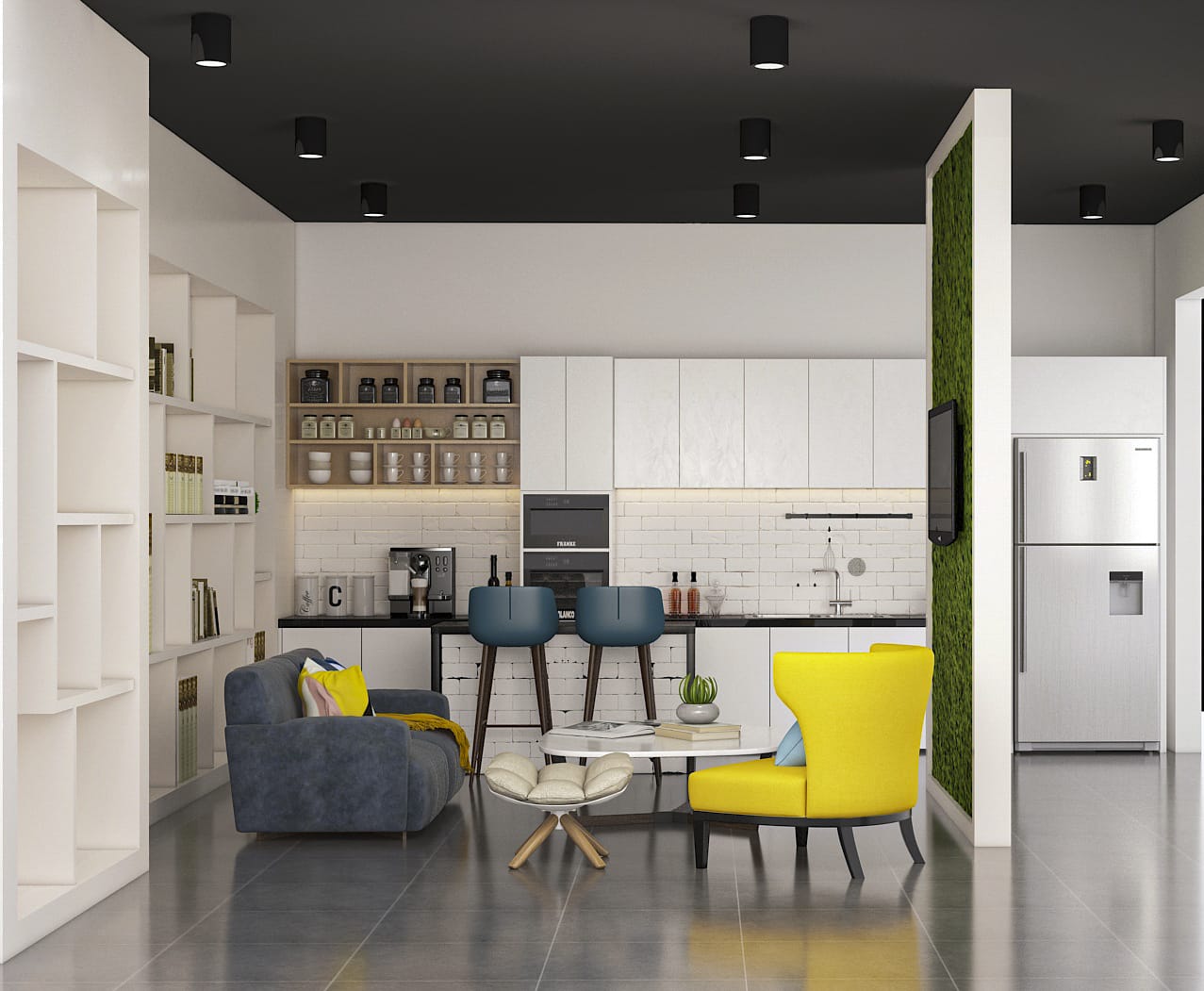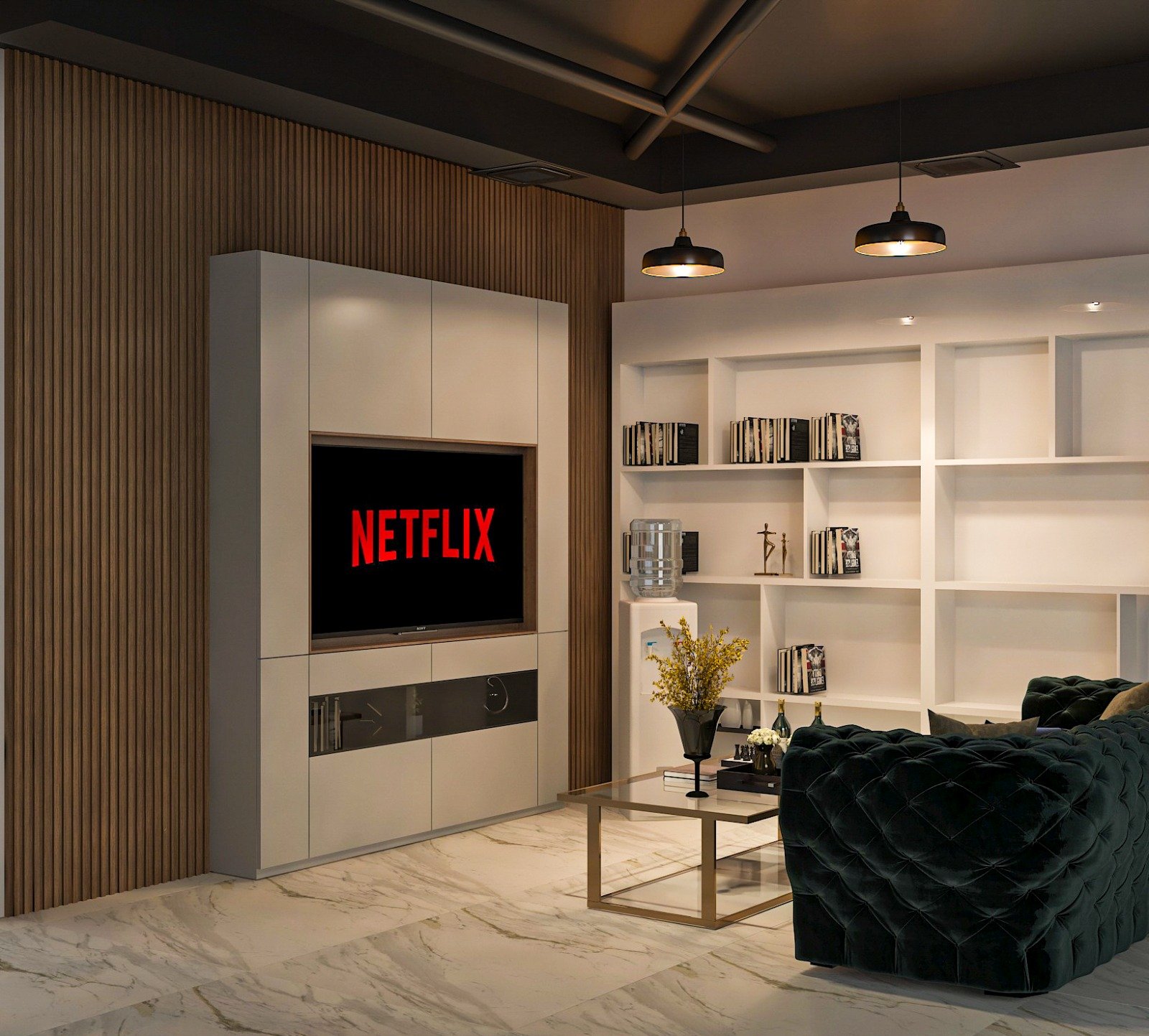Designing your company office in Dubai requires careful planning and attention to detail. First, it’s essential to understand your brand’s identity and the space’s functionality. Additionally, incorporating modern design elements and high-quality materials enhances both aesthetics and productivity. Ultimately, a well-designed office fosters a positive and efficient work environment.
A well-designed office not only enhances the work environment but also reflects your company’s values and brand identity. Whether you’re starting from scratch or looking to renovate your existing workspace, Best Renovation here are some key considerations and steps to guide you through the process.
Define Your Goals and Objectives while designing a office in Dubai
Before diving into the design process, it’s essential to establish clear goals and objectives for your office space. Consider what you want to achieve with the design:
- Enhance Productivity: Do you aim to create a workspace that boosts employee productivity and creativity?
- Foster Collaboration: Are you looking to encourage teamwork and innovation among your employees?
- Reflect Company Culture: Do you want your office design to align with your company’s values and culture?
- Attract Talent: Is your goal to attract and retain top talent by offering an attractive and comfortable workspace?

Best Renovation Understand Your Space and Budget for designing office in Dubai
Evaluate the physical space you have and determine how it can best be utilized. Consider the size, layout, and location of your office in Dubai. Take into account the available budget for the design and construction. Ensure that your vision aligns with your financial resources to avoid overextending.
Gather Input and Feedback
Engage your employees in the design process by gathering their input and feedback. Conduct surveys or hold brainstorming sessions to understand their preferences and needs. Involving your team will not only result in a more inclusive design but also improve employee satisfaction.
Create a Functional Layout
Design a layout for office in Dubai that promotes efficiency and functionality. Consider the placement of workstations, meeting rooms, common areas, and amenities. Ensure that the flow of the office supports the tasks and interactions that occur regularly.
- Open Workspaces: Consider open-plan workspaces to encourage collaboration and communication.
- Private Spaces: Include private offices or quiet zones for focused work and meetings.
- Ergonomics: Invest in ergonomic furniture and equipment to enhance comfort and well-being.
Incorporate Branding and Aesthetics
Your office should reflect your company’s brand identity. Use your logo, colors, and branding elements to create a cohesive and visually appealing design. Choose a color scheme and décor that aligns with your brand’s image while designing your company office in Dubai.
Prioritize Employee Well-being
Consider the well-being of your employees in the design of office in Dubai. Provide ample natural light, ventilation, and ergonomic furniture. Create spaces for relaxation, meditation, or exercise to promote physical and mental health.
- Biophilic Design: Incorporate plants and natural elements to connect employees with nature.
- Wellness Rooms: Designate areas for wellness activities such as yoga or meditation.
Sustainable Design by Best Renovation
Incorporate sustainable design principles to reduce your environmental footprint. Use eco-friendly materials, energy-efficient lighting, and recycling programs. Sustainable design not only benefits the environment but also saves costs in the long run.
Technology Integration while Designing Your Company Office in Dubai
Ensure your officein Dubai is equipped with the latest technology to support modern work processes. Invest in high-speed internet, video conferencing facilities, and smart office solutions.
Design Implemented for Office in Dubai
Once the design for office in Dubai is implemented, gather feedback from employees and assess how well the space is meeting your objectives. Make necessary adjustments and improvements based on feedback.
Conclusion – Designing Your Company Office in Dubai
In conclusion, designing your company’s office in Dubai is a multifaceted task that requires careful planning and consideration. By setting clear goals, involving your team, and prioritizing functionality and aesthetics, Best Renovation can create a workspace that not only enhances productivity but also reflects your company’s values and culture.




